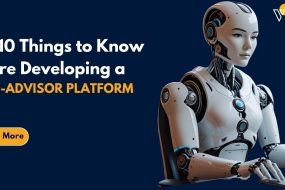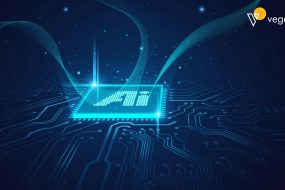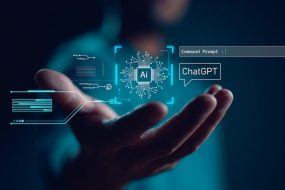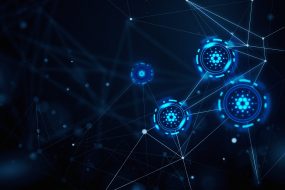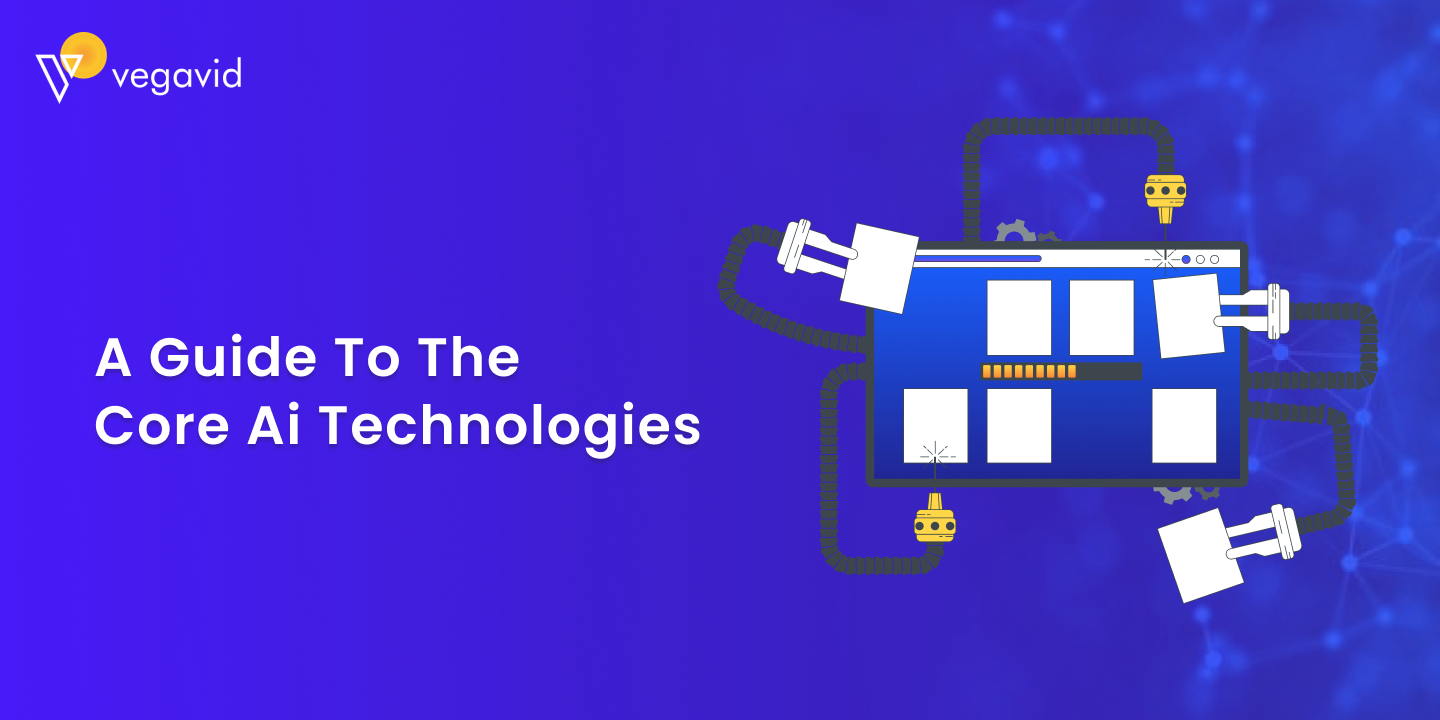
Artificial intelligence (AI) has become a ubiquitous term, woven into the fabric of our daily lives. From the moment you unlock your phone with facial recognition to the recommendations popping up in your social media feed, AI is silently working behind the scenes. But what exactly powers this technological revolution? Let’s delve into the core AI technologies that are shaping our world.
Core AI Technologies Guide
1. Machine Learning: The Engine that Drives AI
Machine learning (ML) forms the bedrock of most AI applications. Unlike traditional programming where you provide explicit instructions, ML algorithms learn from data. Imagine feeding a vast library of cat pictures to a machine-learning model. Over time, the model can identify patterns and features that distinguish cats from other objects. This allows it to analyze new images and accurately predict whether they contain a feline friend.
There are three main types of machine learning:
- Supervised Learning: Here, the data is labeled, like tagging pictures as “cat” or “not cat.” The algorithm learns the relationship between these labels and the data to make predictions for unseen data.
- Unsupervised Learning: In this scenario, the data is unlabeled. The model identifies hidden patterns and structures within the data, such as grouping similar customer profiles.
- Reinforcement Learning: This approach involves an agent interacting with an environment, receiving rewards for desired actions and penalties for mistakes. This trial-and-error method allows the model to learn optimal behavior through experience, like an AI agent mastering a complex video game.
2. Deep Learning: The Power of Artificial Neural Networks
Deep learning is a subfield of machine learning inspired by the structure and function of the human brain. It utilizes artificial neural networks (ANNs), which are interconnected layers of processing units simulating neurons. These networks learn by adjusting the connections between these units based on the data they are exposed to.
Deep learning excels at tasks that require complex pattern recognition, making it a powerhouse for:
- Image Recognition: Deep learning models can identify objects, faces, and scenes in images with unparalleled accuracy. This fuels applications like self-driving cars and facial recognition software.
- Natural Language Processing (NLP): By analyzing vast amounts of text data, deep learning allows machines to understand and generate human language. This paves the way for chatbots, machine translation, and sentiment analysis tools.
- Speech Recognition: Deep learning models can convert spoken language into text with remarkable accuracy, powering voice assistants and automated transcription services.
3. Natural Language Processing (NLP): Bridging the Language Gap
NLP focuses on enabling communication between humans and machines through natural language. It encompasses various techniques, including:
- Machine Translation: Breaking down language barriers, NLP allows machines to translate text from one language to another with increasing fluency.
- Text Summarization: NLP models can condense large amounts of text into concise summaries, saving you valuable time.
- Sentiment Analysis: By analyzing the emotions and opinions expressed in text, NLP helps businesses understand customer sentiment and gauge public opinion on social media.
4. Computer Vision: Seeing the World Through Machines
Computer vision empowers machines to extract information and understand the visual world. It utilizes techniques like image recognition, object detection, and video analysis to:
- Self-Driving Cars: By analyzing camera feeds in real-time, computer vision enables self-driving cars to navigate roads, identify obstacles, and make safe decisions.
- Medical Diagnosis: Computer vision algorithms can analyze medical scans like X-rays and mammograms to detect abnormalities and aid in diagnosis.
- Robotics: Vision capabilities allow robots to interact with their environment, navigate obstacles, and perform tasks with greater precision.
5. Robotics: Where AI Meets the Physical World
Robotics combines AI and mechanical engineering to create intelligent machines that can automate tasks and interact with the physical world.
AI algorithms provide the brains behind the brawn, enabling robots to:
- Perform Complex Tasks: Industrial robots can perform repetitive tasks in factories with high speed and accuracy.
- Search and Rescue: Robots equipped with AI and vision capabilities can navigate disaster zones and locate survivors.
- Surgical Assistance: Robotic surgical systems, guided by AI, can perform delicate procedures with minimal invasiveness.
The Future of AI Technologies
These core AI technologies are constantly evolving, pushing the boundaries of what’s possible. The future holds exciting possibilities, such as the development of even more sophisticated AI for tasks like scientific discovery, personalized education, and climate change mitigation.
As AI continues to integrate into our lives, understanding these core technologies empowers us to navigate this rapidly changing landscape. By fostering responsible development and ethical considerations, we can ensure that AI serves as a powerful tool for progress and a brighter future.








